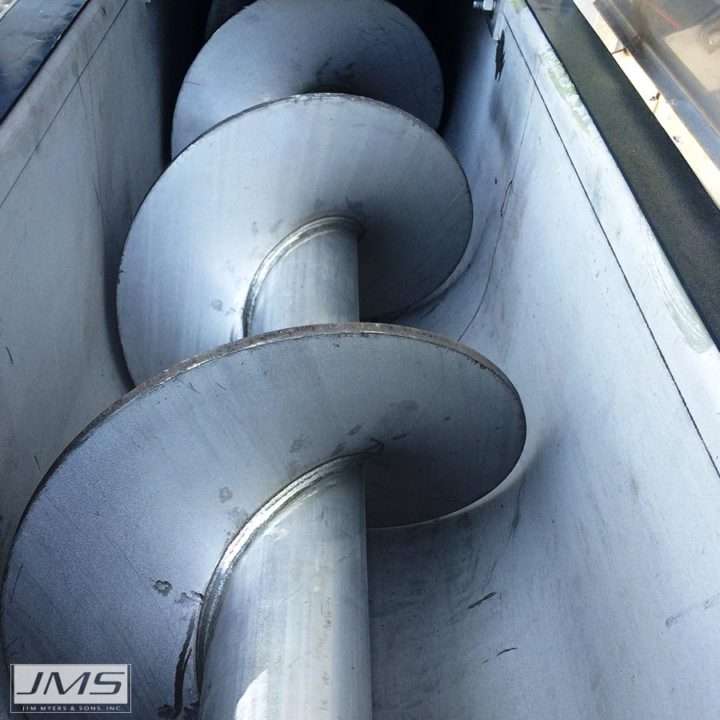Watch this JMS Presentation on Shafted Screw Conveyors vs Shaftless Screw Conveyors. Greg Hyde, Product Manager | Material Handling from JMS, talks about when to choose between shafted screw conveyors and shaftless screw conveyors in a wastewater application.
Screw conveyors are becoming more popular in municipal wastewater plants due to a lot of factors. With screw conveyors being fully enclosed this helps with two big house keeping issues of a wastewater treatment plant; spilling of materials and odor control. Another reason a lot of plants are moving towards screw conveyors is the compact design of screw conveyors. This allows a conveyor to be designed in tighter areas of the plants. There are also so many more reasons that screw conveyors are being used in the municipal industry.
Why use shafted screw conveyor
Shafted screw conveyors are a screw conveyor that has a solid shaft that goes through the flighting of the screw. This is to help hold the flighting off of the bottom of the trough.
There are some reasons that a wastewater plant would want to use a shafted screw conveyor. One of the main reasons is that a shafted screw conveyor can be a longer length. The only down side to making a long shafted screw conveyor is the need for hanger bearings every 10-12 feet. With a shafted screw conveyor there is no need for a liner which means less maintenance. A shafted screw conveyors can run at higher rpms.
Why use shaftless screw conveyor
A shaftless screw conveyor is a screw conveyor that is only a spiral or helix without a center shaft. The screw then rides on a liner which becomes the wear item. The only point a shaftless screw conveyor is connect is at the drive end of the screw conveyor.
One of the main reason to use a shaftless conveyor is the ability to handle different type of material. Shaftless screw conveyors can convey stringy, sticky, wet, and lumpy materials. Without the need of hanger bearings a shaftless conveyor can have a higher full rate closer to 35%-40%. If the material is known that will be conveyed it is possible to run a shaftless screw conveyor at 100%.
Watch the rest of this Webinar to Learn more About
- What are the draw backs of shafted screw conveyors
- What are the draw backs of shaftless screw conveyors
- Screw conveyor basics
- Best applications for shafted screw conveyors and shafteless screw conveyors
- And more
Greg Hyde joined the JMS Sales and Marketing Team as Product Manager | Material Handling. Greg has over 30 years of experience in material handling systems, having held high level engineering, sales and business management positions with large full line conveyor manufacturers. He is responsible for overall support and growth of the JMS Bio-HANDLING product line. Outside of work, Greg is a founding member of the “Jammin’ 4 Water” (Water Charities Fundraising Inc.). In regards to his position, Greg says, “ JMS has a rich history in design, quality and material handling. I’m excited to be part of this great team and look forward to guiding the Bio-HANDLING product family for long-term growth.”


